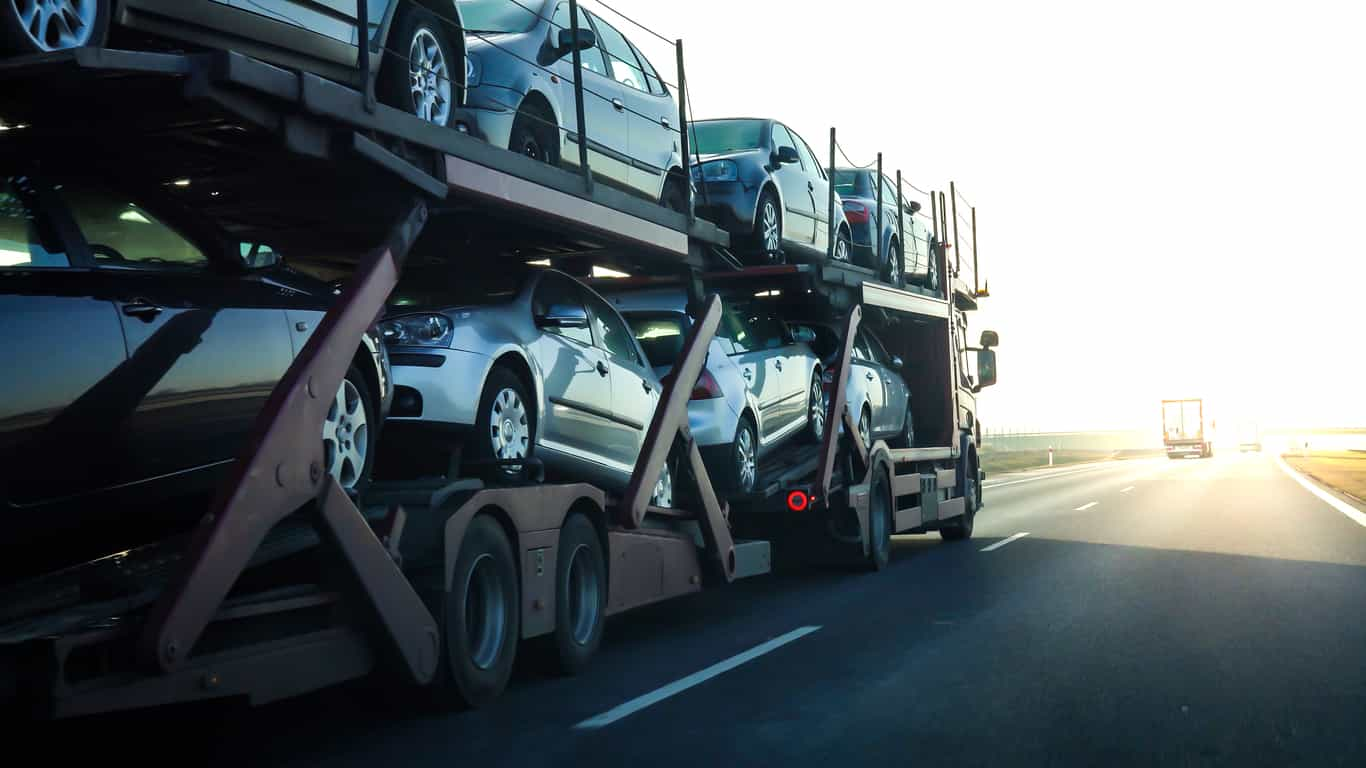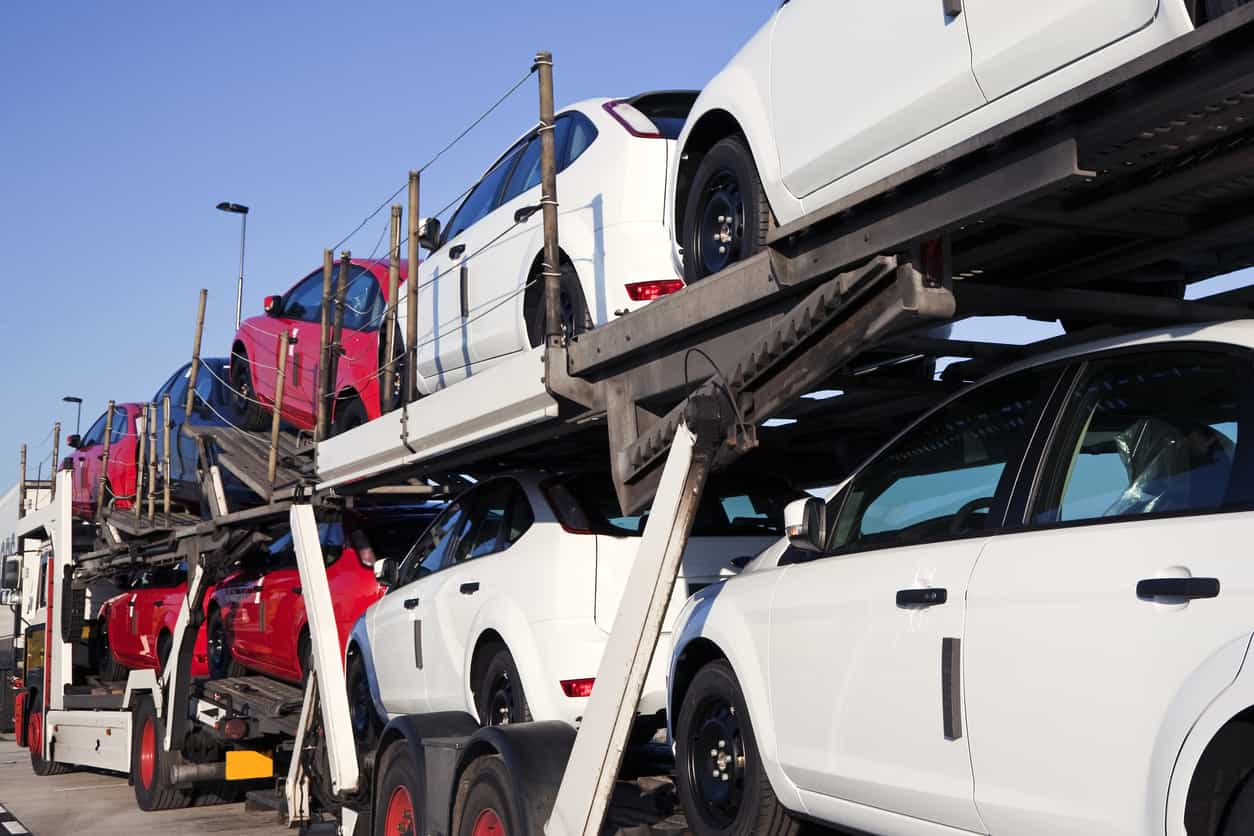Introduction
When it comes to car shipping within the United States, the road isn’t always as straightforward as we’d like. Behind the typical logistics lies a world of nuances that few venture to understand thoroughly. By delving deeper into these subtleties, you’re poised to make better decisions, save money, and reduce stress. So, buckle up as we journey through the unspoken rules of car shipping.
Navigating the Costs
Often, people wonder why the cost of shipping varies dramatically from one state to another. Here’s a breakdown.
State-Specific Regulations: Each state has its own set of transportation laws and fees. For instance, California’s stringent environmental regulations might affect the type of trucks allowed, thus influencing costs.
Demand and Seasonality: Summers in Florida see a surge of cars being shipped due to the influx of tourists. Consequently, prices soar. On the other hand, shipping to a state like Montana, where demand might be lower, could cost less.
Choosing the Right Service
Now that you’re aware of state-specific nuances, it’s essential to choose a service that caters to your needs.
Open vs. Enclosed Transport: Open transport, where vehicles are openly loaded onto a carrier, is budget-friendly. However, for luxury cars, the enclosed option, providing protection against elements, becomes indispensable.
Door-to-door vs. Terminal-to-terminal: If convenience is your priority, opt for door-to-door service. Yet, if you’re looking to save, dropping off and picking up your car at specific terminals might be the better choice.
Prepping Your Vehicle
Before sending your car off, there’s some homework to do.
Clean and Document: Thoroughly clean your car. This action not only ensures a smoother inspection but also allows you to document its pre-shipping state accurately. Taking photographs from various angles is highly recommended.
Personal Items: Though tempting, avoid using your car as a moving box. Not only do personal items add weight, but they’re also typically not covered by the transporter’s insurance.
State-Specific Expectations
Beyond the general, each state brings its unique flavor to the car shipping table.
Weather Concerns: States like Alaska or the snowy parts of the Midwest often require special handling due to extreme weather conditions. Chains or winter tires might be necessary for safer transport.
Access Issues: In states with many rural areas, large transport trucks might not have direct access. Therefore, be prepared for potential rendezvous points in more accessible locations.
Decoding Delivery Times
While many hope for a specific date, in the world of car shipping, a window of delivery is more realistic.
Route Complexity: A car going from New York to New Jersey will, undoubtedly, reach faster than one traveling from Maine to California. The more complex the route, the wider the delivery window.
Unforeseen Delays: Factors like weather, road conditions, and even truck malfunctions can cause delays. Flexibility, in this realm, goes a long way.
Insurance Intricacies
To ensure peace of mind, grasp the nuances of insurance.
Provider’s Coverage: Every car shipping company offers a baseline insurance. Familiarize yourself with its extent and limitations.
Additional Insurance: For those with classic or luxury cars, this is a must. Consult with your insurance provider about adding a temporary coverage boost.
Navigating Complaints and Disputes
While we hope you never face issues, being prepared is crucial.
Documentation: Earlier, we discussed photographing your vehicle pre-shipment. Now, this action proves its worth. Use these photos as evidence in case of disputes.
Open Communication: Maintain open lines with your service provider. Often, a quick conversation can resolve many issues without formal complaints.
Conclusion
Understanding the intricate landscape of car shipping in the U.S. is no small feat. Armed with this knowledge, you’re better positioned to navigate the process smoothly, ensuring your vehicle reaches its destination safely.
FAQ
- Is it cheaper to drive my car or ship it across states?
Driving might seem cost-effective initially. However, when you factor in fuel, wear and tear, accommodation, and potential risks, shipping often emerges as the economical choice. - Can I pack my belongings in the car during shipment?
Most companies advise against it. Personal items add weight and aren’t usually covered by the transporter’s insurance. It’s best to ship your belongings separately.





